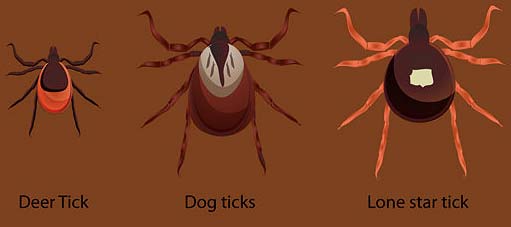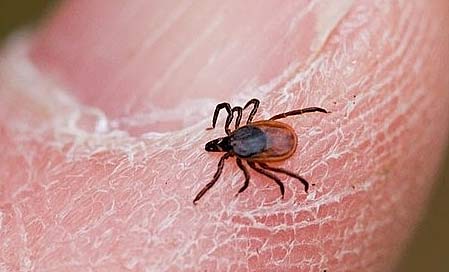Deer Tick – Tiny, Very Dangerous Forrest Dweller

One of the few creatures in this world known far more for the disease that they carry than anything about them individually, the deer tick is probably one of everyone’s least favorite creatures. Famous for being possibly the only way to get lyme disease, the deer dick has been a scourge of campers, hunters, and pet owners the world over since people realized that the blood sucker could give you the non-fatal, but still terrible disease. With early symptoms resembling the flu, lyme disease often gets misdiagnosed. It leads to a litany of health problems that includes facial paralysis, heart palpitations, arthritis, headaches, and neurological impairments; it’s known to ruin people’s lives, making deer ticks into little supervillians. The greatest risk of human infection is in late spring and summer.


Growing no bigger than 0.078 to 0.137 in (2 to 3.5 mm) and living no longer than two years, deer ticks are found most commonly in the Northeast United States living on deer and rodents. Female deer ticks are usually reddish black, while males are usually solid dark brown; they go through four life phases, which are egg, larva, nymph, and adult. They feed on the blood of whatever host they attach to, but only do so three times in their lives: when they most from larva to nymph, when they go from nymph to adult, and when they lay eggs. They contract lyme bacteria from their host during their first feeding, and transmit it during their second and third, needing 24 hours of attachment to fully transmit the disease. During their last feeding, they swell to twice their normal size before falling off, laying their eggs in leaves or grass, and dying. Deer ticks are in no way endangered, and are one of the few species we’ve ever reported on that we don’t like, but like everything else, they have a role in the ecosystem, so they will continue to flourish.

